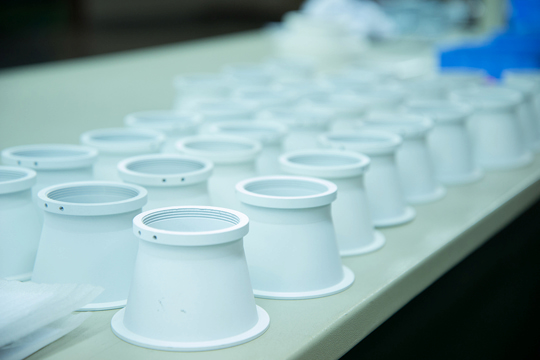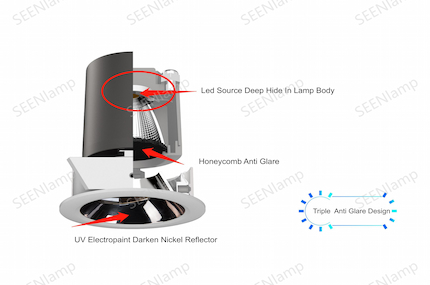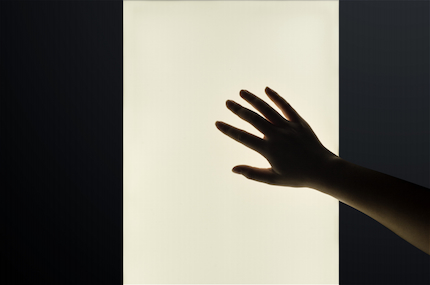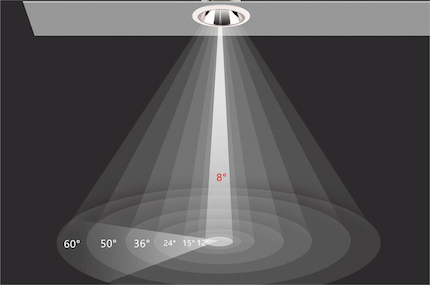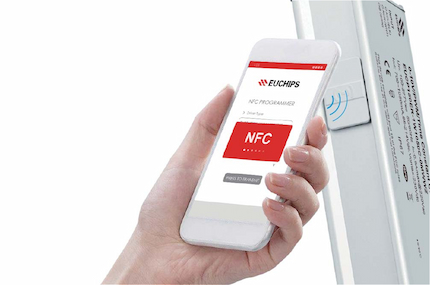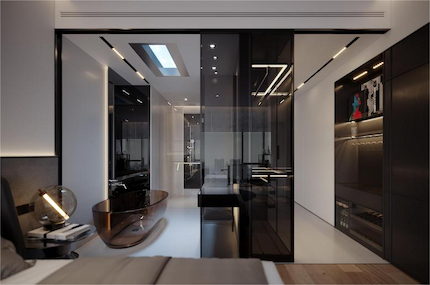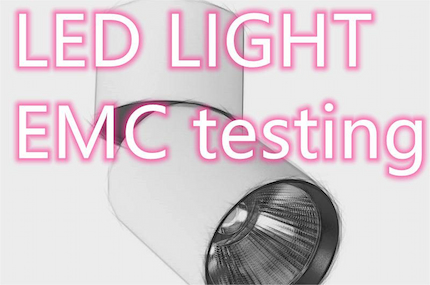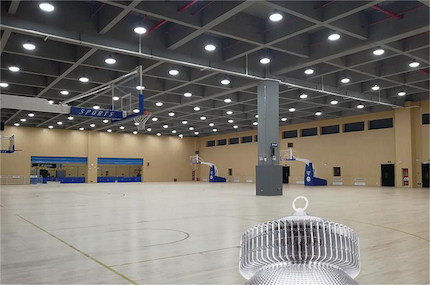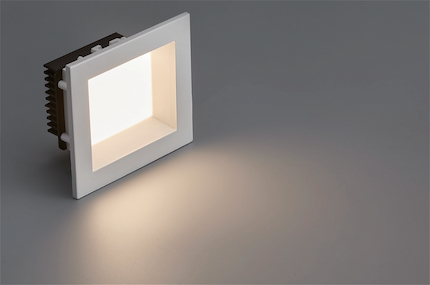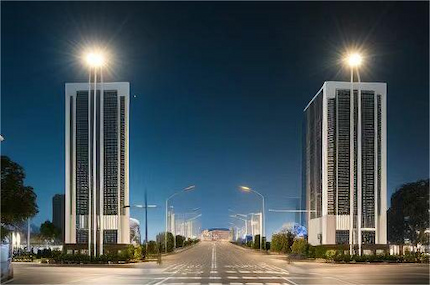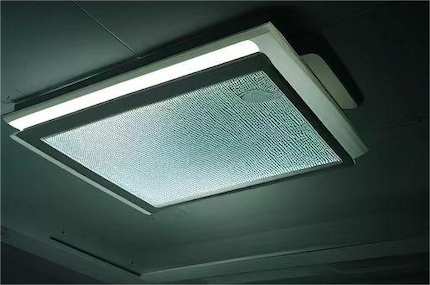Oct 06, 2023
Led Lights Have Emerged As a Game-Changer In The Lighting Industry, Revolutionizing The Way We Illuminate Our World. From Residential Spaces To Commercial Establishments, Led Lights Find Widespread Applications Due To Their Energy Efficiency, Versatility, And Durability. In This Article, We Will Explore The Various Types Of Led Lights, Including Led Downlights, Spotlights, Track Lights, Linear Lights, Pendant Lights, Bulbs, And Wall Lights. We Will Also Discuss The Importance Of Choosing a Reliable Led Lights Manufacturer And The Benefits Of Incorporating Led Light Fixtures Into Your Lighting Design.
1. Led Downlights:
Led Downlights Are Versatile Light Fixtures That Provide Focused And Adjustable Illumination. They Are Commonly Used For General Lighting, Task Lighting, Or Accent Lighting In Residential, Commercial, And Hospitality Settings. Led Downlights Offer Various Color Temperatures And Beam Angles, Allowing You To Create The Desired Ambiance And Highlight Specific Areas Within a Space.
2. Led Spotlights:
Led Spotlights Are Designed To Direct a Narrow, Concentrated Beam Of Light Onto a Specific Object Or Area. These Versatile Fixtures Are Commonly Used For Highlighting Artwork, Architectural Features, Or Retail Displays. Led Spotlights Offer Precise Control Over The Direction And Intensity Of Light, Making Them Invaluable In Creating Dramatic Visual Effects And Emphasizing Focal Points.
3. Led Track Lights:
Led Track Lights Are Highly Adaptable Lighting Solutions That Are Mounted On a Track System. They Provide Adjustable Lighting In Galleries, Retail Stores, Museums, Or Other Spaces That Require Flexibility In Lighting Placement. Led Track Lights Offer Different Beam Angles And Color Temperatures, Allowing For Customizable Lighting Designs And The Ability To Illuminate Specific Areas As Needed.
4. Led Linear Lights:
Led Linear Lights Feature Long, Slim Profiles And Are Widely Used For Ambient Or Accent Lighting In Both Residential And Commercial Applications. These Sleek Fixtures Provide Uniform And Continuous Illumination, Making Them Ideal For Architectural Lighting, Cove Lighting, Or Under-Cabinet Lighting. Led Linear Lights Come In Various Lengths And Can Be Easily Customized To Fit Different Spaces.
5. Led Pendant Lights:
Led Pendant Lights Are Stylish And Decorative Fixtures That Add Elegance And Charm To Any Interior Space. They Hang From The Ceiling And Provide Ambient Or Focused Lighting, Making Them Suitable For Dining Areas, Living Rooms, Or Entryways. Led Pendant Lights Come In a Wide Range Of Designs, Sizes, And Finishes To Match Different Décor Styles.
6. Led Bulbs:
Led Bulbs Are Energy-Efficient Alternatives To Traditional Incandescent Or Fluorescent Bulbs. They Come In Various Shapes And Sizes, Including A19, Br30, And Par Bulbs, Making Them Suitable For a Broad Range Of Applications Such As Residential Lighting, Commercial Lighting, And Outdoor Lighting. Led Bulbs Offer Long Lifespans And Significant Energy Savings.
7. Led Wall Lights:
Led Wall Lights Combine Functionality And Aesthetics To Enhance Both Interior And Exterior Spaces. They Provide Additional Illumination, Accentuate Architectural Features, Or Serve As Decorative Elements. Led Wall Lights Are Commonly Used In Corridors, Stairways, Patios, And Gardens, Offering Both Practicality And Visual Appeal.
Choosing a Reliable Led Lights Manufacturer:
When Incorporating Led Lights Into Your Lighting Design, It Is Crucial To Choose a Reliable Led Lights Manufacturer. Look For a Reputable Led Lighting Factory That Emphasizes Quality, Innovation, And Adherence To International Standards. A Reliable Manufacturer Will Offer a Wide Range Of High-Quality Led Light Fixtures, Provide Comprehensive Warranty Coverage, And Ensure Excellent Customer Service.
Conclusion:
Led Lights Have Transformed The Lighting Landscape, Offering Energy-Efficient, Versatile, And Long-Lasting Lighting Solutions. Led Downlights, Spotlights, Track Lights, Linear Lights, Pendant Lights, Bulbs, And Wall Lights Have Found Their Place In Residential, Commercial, And Industrial Settings Worldwide. By Partnering With a Trusted Led Lights Manufacturer, You Can Unlock The Full Potential Of Led Lighting And Create Captivating Environments That Blend Aesthetics With Efficiency. Embrace The Illumination Revolution Of Led Lights And Elevate Your Lighting Design To New Heights.
